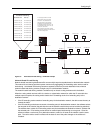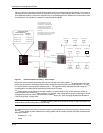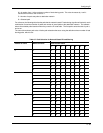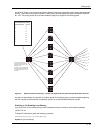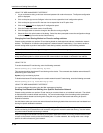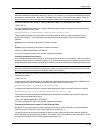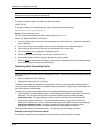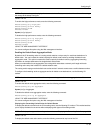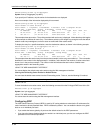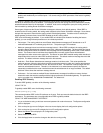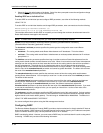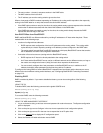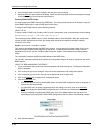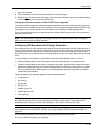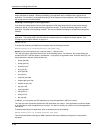
Configuring IP
NOTE: To place a change to the high-performance mode into effect, you must reload the software after saving
the change to the startup-config file.
USING THE CLI
To enable the high-performance mode, enter the following command:
HP9300(config)# ip high-perf
HP9300(config)# write memory
HP9300(config)# end
HP9300# reload
Syntax: [no] ip high-perf
To disable the high-performance mode, enter the following command:
HP9300(config)# no ip high-perf
HP9300(config)# write memory
HP9300(config)# end
HP9300# reload
USING THE WEB MANAGEMENT INTERFACE
You cannot configure this option using the Web management interface.
Enabling the Default-Route Aggregation Mode
By default, the IP forwarding cache of a routing switch contains a unique entry for each host destination of a
default route. You can increase the cache’s capacity for default route entries by enabling the default-route
aggregation mode. This option increases the cache’s capacity for default routes by aggregating forwarding
information for multiple destinations into single default-route entries.
When you enable default route aggregation, the routing switch associates a network prefix length with each
forwarding cache entry that is based on a default network route.
The routing switch reprograms the default route cache entries if external events cause a conflict between entries.
To configure the forwarding cache to aggregate entries for default route destinations, use the following CLI
method.
NOTE: You do not need to reload the software to place a change to default-route aggregation into effect.
USING THE CLI
To enable the default-route aggregation mode, enter the following command:
HP9300(config)# ip dr-aggregate
Syntax: [no] ip dr-aggregate
To disable the default-route aggregation mode, enter the following command:
HP9300(config)# no ip dr-aggregate
USING THE WEB MANAGEMENT INTERFACE
You cannot configure this option using the Web management interface.
Displaying the Forwarding Cache Entries for Default Routes
To display the default route entries in the IP forwarding cache, use the following CLI method. This method enables
you to display the default route entries without displaying other types of forwarding entries.
NOTE: To display other types of forwarding cache entries, see “Displaying the Forwarding Cache” on page 6-88.
USING THE CLI
To display the default route cache entries, enter the following command at any level of the CLI:
6 - 61



